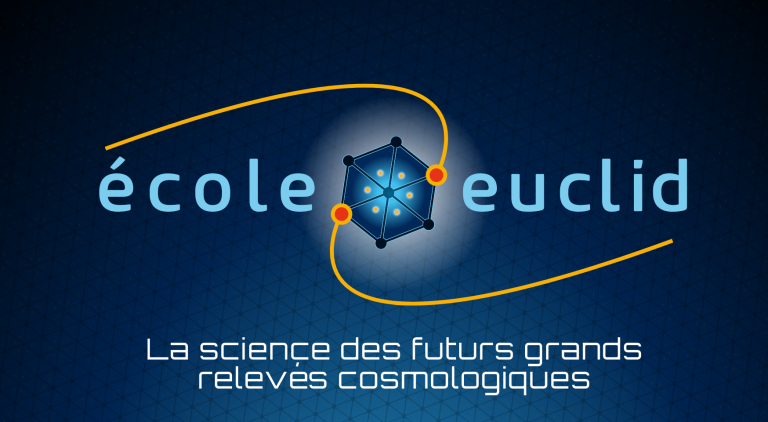“3x2pt'” analysis: Cross-correlations of cosmological probes, and application to state-of-the-art weak-lensing and galaxy clustering surveys.
Position: PhD Deadline: 15/04/2021 Contact: Martin Kilbinger, Valeria Pettorino Details about this position are…


